Spring fever? It’s a real thing. We all start to feel a little wary and sick of the cold temperatures, the short days, and the possibility of snow during winter. And when we get a taste of Spring weather it makes us long for the new season even more. Whether it is the spotting of the first robin, a rare warm day amidst the cold, or the sound of trickling water as the snow and ice melts, we all have our favorite symbol of the coming springtime.
Perhaps one of the most favorite signals of the growing season is the sighting of the first early blooming Spring flowers. Planted in the ending days of summer or early fall, these flowers grow from bulbs that have been chilling in the ground all winter just waiting for the perfect temperatures and amount of sun to make their first appearance. They offer a much-needed window into the colors of Spring that we all look forward to after the drab, white sheet of winter.
Easy to plant and even easier to grow, early spring-flowering bulbs come in a variety of colors and shapes. While many of them look fragile and delicate they are in fact hardy little flowers that are able to withstand chilly temperatures and sometimes even appear in a flower bed still covered with snow. They offer a beautiful bloom long before most perennials and tress even consider blooming. These flowers can start showing as early as February and some varieties will bloom all the way until June.
While this is by no means a list of all the early-blooming bulbs you could consider planting, below you will find some information about the best bulbs to plant for early spring flowers.
Snowdrops
As their name implies, these delicate early-blooming flowers look like a drop of white snow clinging to the end of a wispy, green stem. Snowdrops are one of the very first spring blooming bulbs and can often appear in the snow. They are extremely hardy, and many find it amazing that they can bloom even when the ground is still frozen.
Snowdrops should be planted in the fall in soil about 2-3 inches deep. They grow about 3-6 inches tall and look best when planted in close groupings. Since they bloom so early you can combine them with other early-spring bulbs that may bloom a couple of weeks later. These flowers look great in rock gardens, under trees, or even as a pop of color in the middle of the lawn.
Colors: White
First appearance: February & March
Amount of sun: Partial shade to full sun
Hardiness zone: 3-7
Interesting fact: Toxic to humans and animals
Glory-of-the-Snow
Another one of the first-to-appear Spring blooms come from the Glory-of-the-Snow or Snow Glories. These delicate plants thrive in northern, temperate climates and can occasionally be seen poking their way out through the last layers of snow. They grow about 6 inches tall and bloom with 8-10 star-shaped flowers on each stem. Flowers are most commonly blue but other varieties can bloom in white, pink, or even purple.
Glory-of-the-Snow bulbs should be planted in the fall, placed about 3 inches deep, and spaced 2-3 inches from each other. Bulbs are easy to grow but require well-drained soil. They look great planted in clumps in rock gardens or flower beds. Plants should be left in the garden even after blooming is done to allow bulbs to store energy for the fall.
Colors: White, pink, blue
First appearance: Late February & March
Amount of sun: Sun to partial shade
Hardiness zone: 3-8
Interesting fact: Multiply and spread rapidly
Crocus
A sure sign of Spring, the Crocus is an early-blooming bulb that is commonly connected with Easter. They come in a wide variety of types and colors and are typically divided into two groups – Snow crocus and Giant crocus. As their name suggests, snow crocuses are the earliest to bloom and sometimes appear while there is still snow. Giant crocuses bloom later and don’t typically bloom for as long.
Crocus bulbs should be planted 3-4 inches deep in clusters. They spread quickly so make a great blanket flower. Snow crocus varieties are typically about 2-4 inches tall while giant crocus are 3-6 inches tall. Varieties include the Blue Pearl, Vanguard, Bowles White, the striped Pickwick and beautiful Tricolor Crocus.
Colors: Purple, pink, blue, white, yellow, orange
First appearance: Late March-Early April
Amount of sun: Full-partial sun
Hardiness zone: 3-8
Interesting fact: Have strong scents that can entice bees out of their hives
Hyacinths
When hyacinths make their Spring appearance, they truly make an appearance. Their sturdy foliage is spiky and appears to shoot up through the ground. Their blooms are bright and come in a variety of colors from soft blue to bright purple, pink, yellow, and every hue in between. These early Spring bloomers are also very fragrant, giving passers-by a scent of Spring.
Like most early blooming bulbs, hyacinths are very easy to grow. They should be planted in fall before the first frost and can be seen blooming right around Easter. With such a variety of colors to choose from they are typically planted in groups to bring a splash of color to flower beds and rock gardens. Hyacinths are commonly forced to grow indoors in pots making a bright, fragrant centerpiece for many Easter dinners.
Colors: A rainbow of colors
First appearance: March – April
Amount of sun: Full to partial sun
Hardiness zone: 4-8
Interesting fact: Produce extremely fragrant flowers
Daffodils
Probably one of the most recognizable early Spring-blooming flowers, daffodils can be seen in almost all areas of North America. Another symbol of the season and the Easter holiday, their single flower on the end of a long stem make them great for cutting and putting in vases or flower arrangements. They are also one of the tallest of spring-blooming bulbs.
Daffodils have several common types including trumpet daffodils, which typically bloom earlier then the other varieties. Giant, large-cupped and small-cupped types bloom later in Spring and are commonly seen alongside tulips and hyacinths. Bulbs are planted in fall for Spring blooms. While they can be in groups, bulbs should be planted about 3-6 inches apart.
Colors: Yellow
First appearance: Mid-Spring
Amount of sun: Full or part sun
Hardiness zone: 3-9
Interesting fact: Plants are deer and rodent-proof but may also be toxic to household pets.
No matter where you are in the United States, there is nothing like some bright Springtime flowers to welcome the season. With some early planning in fall, these early-blooming bulbs are easy to plant and grow. And with such a variety of colors and types to choose from, you’re sure to find a favorite that will brighten your yard or flower gardens.

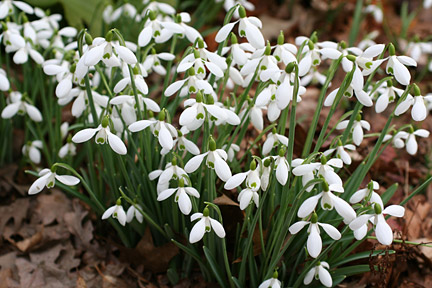
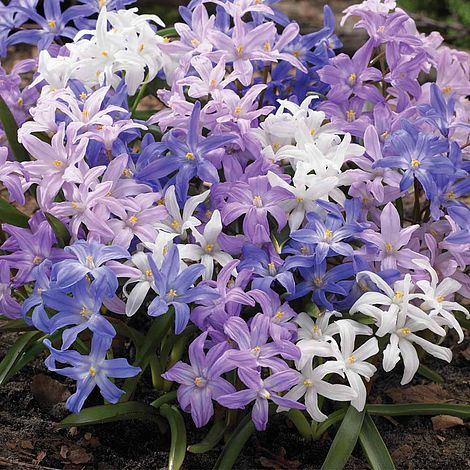
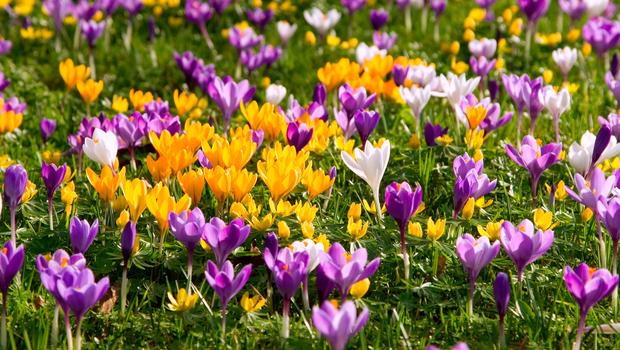
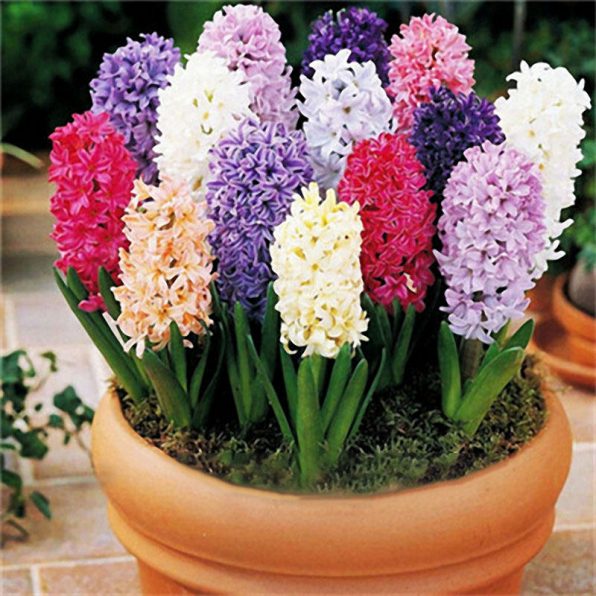


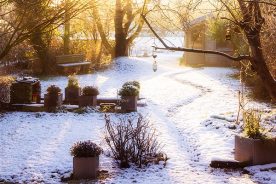
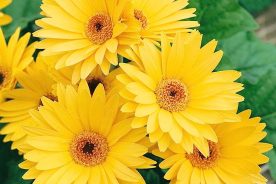

No Comments